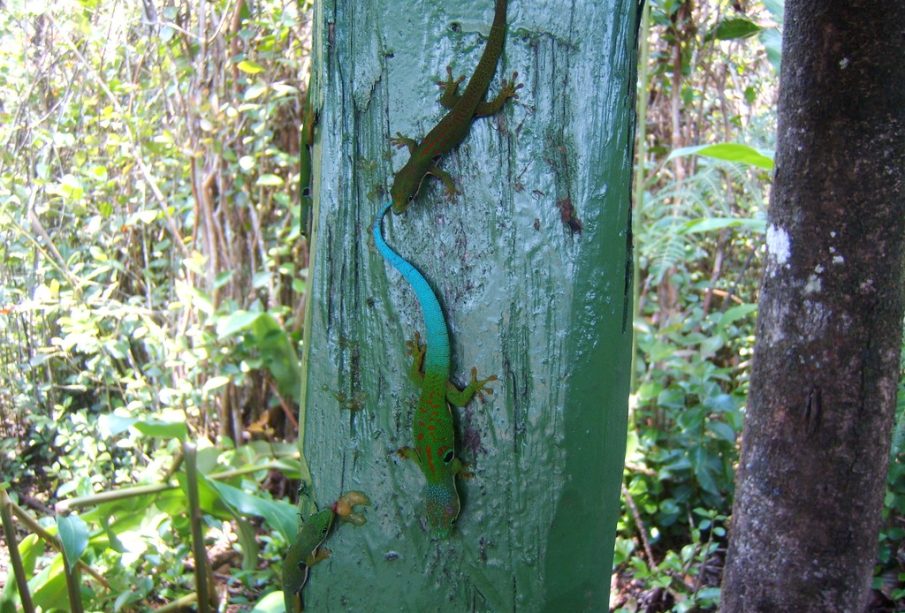The Importance of Madagascar’s Biodiversity and Culture

Introduction
Madagascar, the fourth-largest island in the world, boasts a remarkable array of biodiversity and cultural richness that is of global significance. As a unique ecological hotspot, the island is home to over 100 species of lemurs, numerous reptiles, and a variety of endemic plants. Understanding and preserving this incredible biodiversity is crucial not only for local communities but also for the entire planet, making Madagascar a focal point for conservation efforts.
Biodiversity: A Natural Treasure
Home to more than 5% of the world’s biodiversity, Madagascar’s natural ecosystems include tropical rainforests, dry deciduous forests, and coral reefs. According to the World Wildlife Fund (WWF), approximately 90% of the wildlife here is found nowhere else on earth. Additionally, the island’s distinct geological history has led to the evolution of unique species, such as the fossa, a carnivorous mammal, and the iconic baobab tree, which covers the landscape.
Recent research conducted by local and international scientists has shown alarming declines in many of Madagascar’s species due to deforestation and habitat destruction. Reports state that an estimated 80% of the original forest cover has been lost, raising significant concerns about the survival of these irreplaceable species.
Cultural Significance
Beyond its biodiversity, Madagascar is also rich in cultural heritage, with a diverse population that encompasses various ethnic groups, each with unique customs, traditions, and languages. The island’s history reflects a blend of African, Asian, and European influences, creating a vibrant cultural tapestry. Festivals, music, and traditional crafts are an integral part of daily life, showcasing the intricate connection between the Malagasy people and their environment.
Recent Events and Conservation Efforts
In response to ongoing environmental threats, the Government of Madagascar, in collaboration with NGOs, has initiated several conservation programs aimed at protecting the island’s unique habitats. These initiatives include the establishment of new protected areas and community-based conservation projects designed to involve local populations in sustainable practices. International organisations are also mobilising resources to help restore degraded lands and promote ecotourism, which can provide economic alternatives to destructive practices like slash-and-burn agriculture.
Conclusion
As challenges for Madagascar’s biodiversity continue to mount, the urgency to act becomes increasingly apparent. Future conservation efforts must prioritise both ecological and cultural sustainability to ensure the island’s rich natural heritage is preserved for generations to come. With its unique flora and fauna, coupled with a diverse culture, Madagascar stands as both a treasure and a crucial battleground in the fight against global biodiversity loss. The cooperation of local communities and international support will be vital in securing its future.





